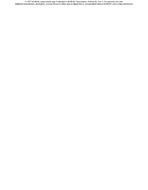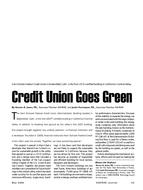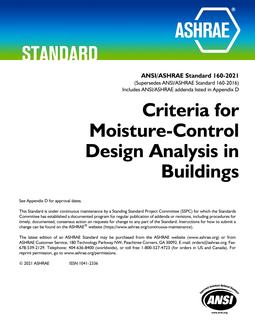Power output capacity of all combustion turbines (CTs) varies with ambient air temperature and site elevation. The rated capacities of all CTs are based on standard ambient air at 59°F (15°C), 60% rh, 14.7 psia (101.35 kPa) at sea level, and zero inlet and exhaust pressure drops, as selected by the International Organization for Standardization (ISO). For all CTs, increased ambient air temperature or site elevation decreases power output; increased ambient air temperature also reduces fuel efficiency (i.e., increases the heat rate, defined as fuel energy required per unit of electric energy produced). However, the extent of the effect of these changes on output and efficiency varies with CT design. This chapter provides a detailed discussion on combustion turbine inlet cooling (CTIC). Additional information on applying CTIC to combined heat and power systems (cogeneration)is provided in Chapter 7.
Advantages
Disadvantages
Definition and Theory
System Types
Calculation of Power Capacity Enhancement and Economics
ISBN: 978-1-947192-53-9 (for SI versions of chapters)
ISSN: 1930-7705 (for SI versions of chapters)
Citation: 2020 ASHRAE Handbook¿¿¿HVAC Systems and Equipment
Product Details
- ISBN(s):
- 9781947192539
- Number of Pages:
- 9
- Units of Measure:
- SI
- File Size:
- 1 file , 600 KB
- Product Code(s):
- D-S082020SI


